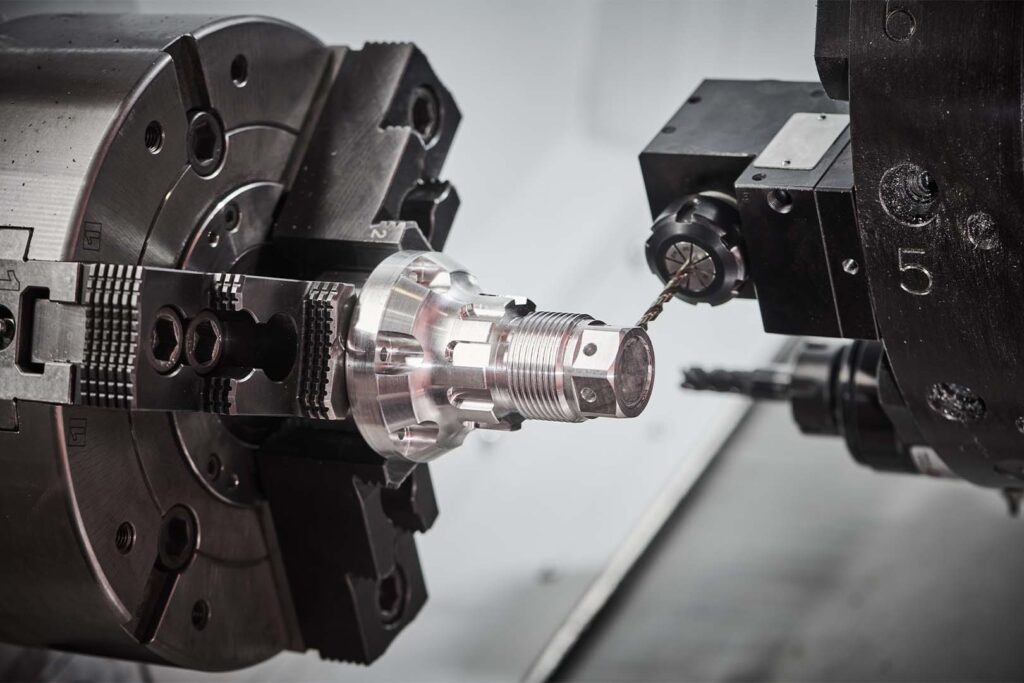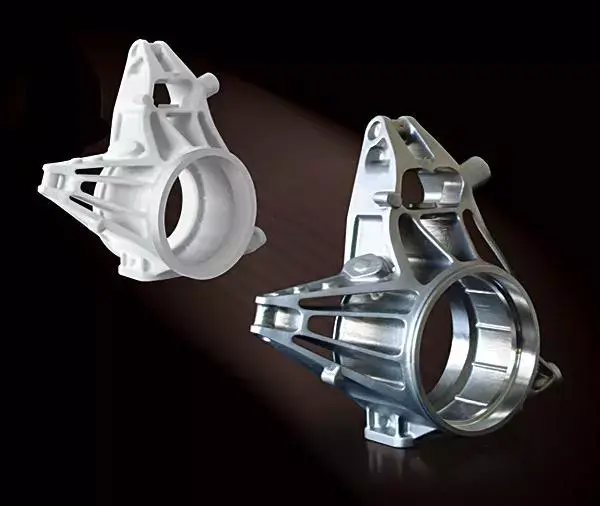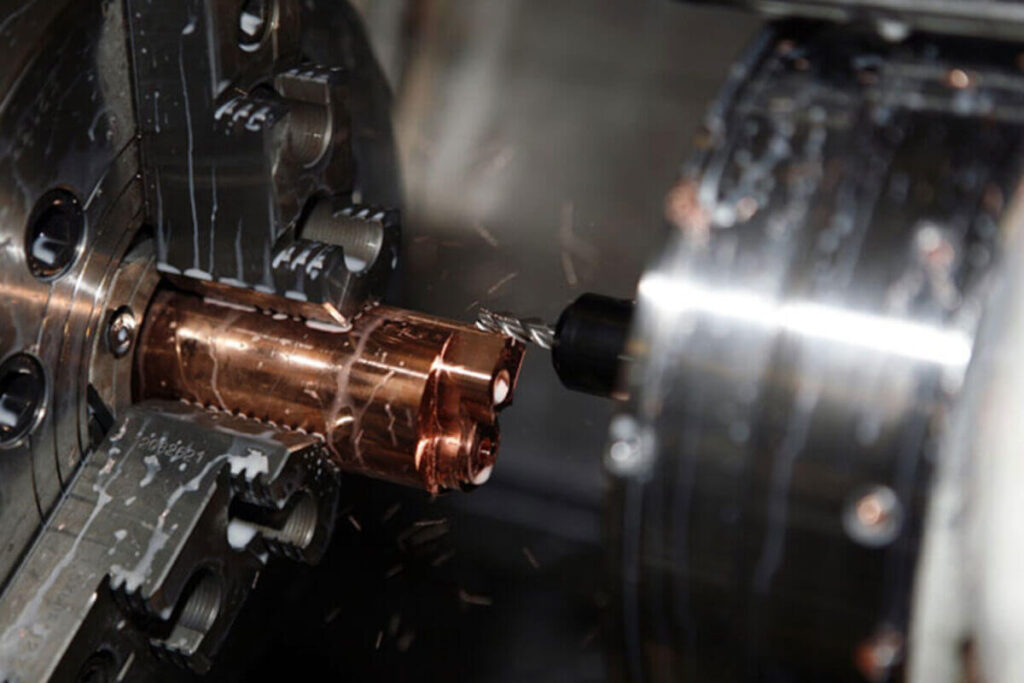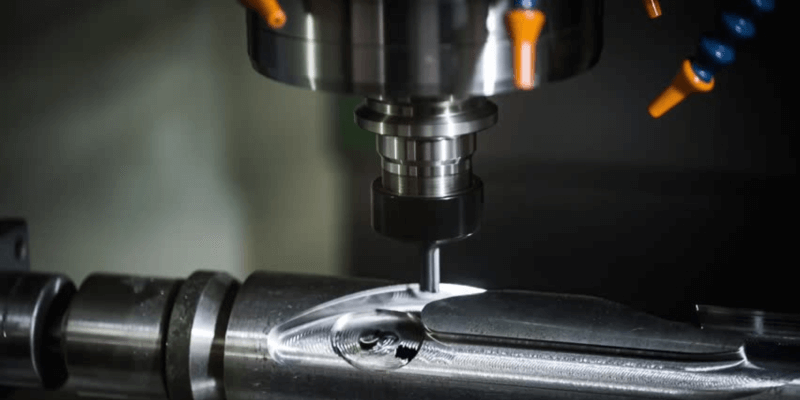Introduction to CNC Prototyping
In today’s fast-paced world, where innovation and efficiency are key, CNC prototyping has become a game-changer in the manufacturing industry. Including in areas such as sewing machine label parts, spare parts for coffee machines, tattoo machine parts, the parts of a sewing machine, used washing machine parts and vending machines parts.
CNC stands for Computer Numerical Control and is a technology that uses computer software to control the movement of machines and tools. This technology has revolutionized the way prototypes are made, making production faster and more accurate.
1.Process principles of CNC prototyping
CNC prototyping involves the use of computer-controlled machines to create physical models of products. These machines are programmed to follow a set of instructions that specify the movements and actions needed to shape the material into the desired shape. The process begins with a digital design created using CAD (computer-aided design) software, which is then converted into a format that the CNC machine can understand, such as G-code.

2.The main advantages of CNC prototyping
One of the key advantages of CNC prototyping is its precision. Unlike traditional methods, which rely on manual labor and are prone to human error, CNC machines can consistently produce highly accurate and intricate designs. This level of precision is particularly important in industries such as aerospace and medical, where even the smallest deviations can have major consequences. Also includes sewing machine label parts, spare parts for coffee machines, tattoo machine parts, the parts of a sewing machine, used washing machine parts and vending machines parts.
Another benefit of CNC prototyping is its speed. Once the design is finalized and the machine is programmed, the production process can be completed in a fraction of the time it would take using traditional methods. This not only speeds up product development, but also enables many manufacturers such as sewing machine label parts, spare parts for coffee machines, tattoo machine parts, the parts of a sewing machine, used washing machine parts and vending machines parts to respond quickly to market demands and changes.

CNC prototyping also offers a high degree of flexibility. The same machine can be used to create a wide range of products, simply by changing the program and tooling. This versatility makes CNC prototyping ideal for small-batch production and customization, as it eliminates the need for expensive and time-consuming tooling changes.
Furthermore, CNC prototyping allows for the use of a variety of materials. From metals like aluminum and steel to plastics and even wood, CNC machines can work with a wide range of materials, depending on the requirements of the project. This versatility opens up endless possibilities for designers and engineers, enabling them to explore different materials and their properties.
While CNC prototyping offers numerous advantages, it is important to note that it also has its limitations. The initial investment in CNC machines and software can be significant, making it less accessible for small businesses or individuals. Additionally, the complexity of programming and operating CNC machines requires skilled technicians, which may further increase costs.

In conclusion, CNC prototyping is a powerful tool that has transformed the manufacturing industry. Its precision, speed, flexibility, and material versatility make it an ideal choice for creating prototypes. However, it is essential to consider the initial investment and the need for skilled technicians when deciding whether to adopt CNC prototyping. In the following sections of this guide, we will delve deeper into the various aspects of CNC prototyping, including the different types of machines, materials, and applications.
